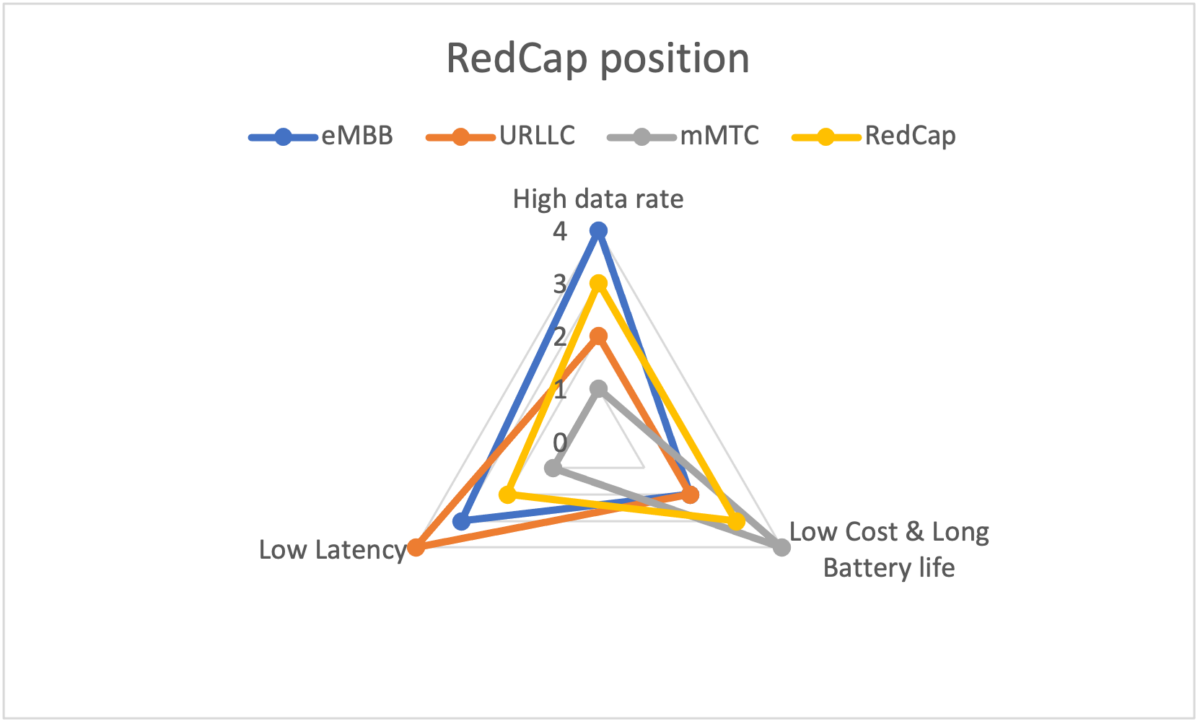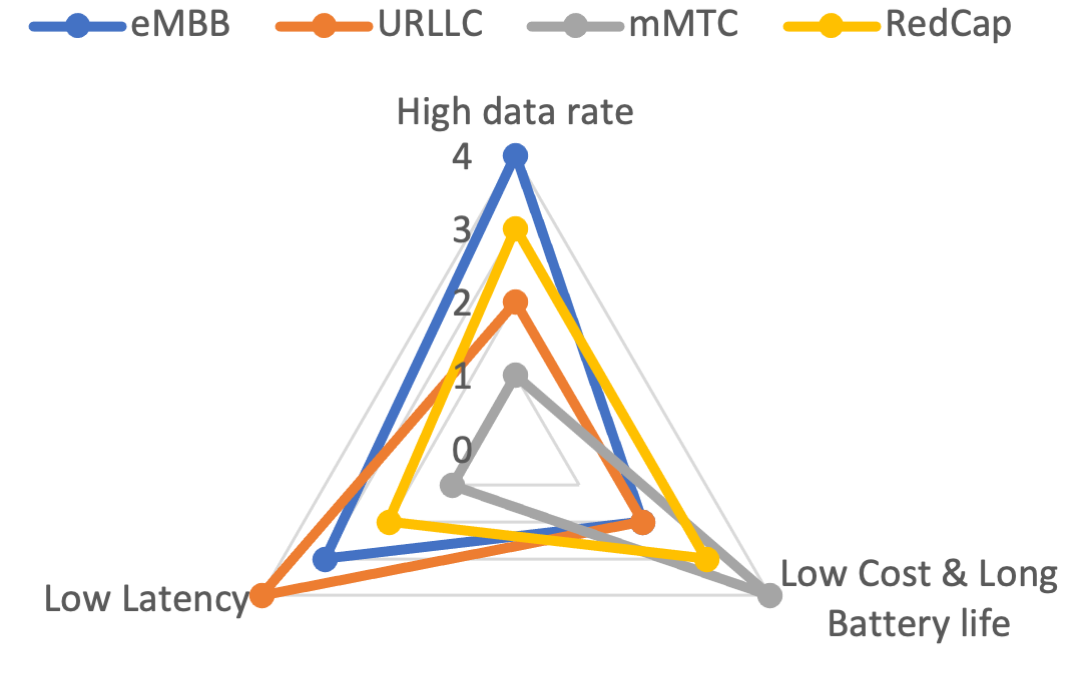
CES 2024
January 16, 2024
The Evolution and Importance of Cellular-Enabled GPS Tracking Devices
January 29, 2024How to prepare for 5G RedCap (Reduced Capacity) for your IoT projects?
An Article by Raimo Järvenpää, Chief Product Officer, Simplex Wireless.
I was asked to share further insight on the NR RedCap, especially on the position and the role of different technologies going forward.
To summarize the position of RedCap in the overall 5G space I wrote about earlier. I’d say it’s to bridge the gap between already identified usage scenarious in 5G of enhanced mobile broadband (eMBB), massive machine-type communication (mMTC), and Ultra-Reliable and Low Latency communication (URLLC), not forgetting time sensitive communication (TSC), which should enable new midrange category use cases in a material- and link cost effective way.
Below is a chart that shows the comparison between these 5G technology use cases against RedCap.

Is NR RedCap all you need going forward? For your use case that could even be so, but overall no. RedCap stands for Reduced Capability, so it’s a reduced set of functionalities of the eMBB, URLLC, mMTC and TSC use cases. Key driver has been reducing complexity thus cost and size, while improving UE power efficiency. That being said it is a compromise, however a good one. These use cases and technologies will be supportive and accessed in parallel in the same networks. The networks could be able to support all technologies at the same time and the devices can use applicable resources as needed.
What will likely happen is that use cases currently relying on 4G/LTE will be able to shift to 5G/NR RedCap. Some use cases that are underserved with mMTC/ LPWA (NB-IoT/ LTE-M) will move to NR RedCap. The frequency spectrum is not infinite, so some frequency reallocation and technology sunsets are inevitable.
NB-IoT is the odd man out requiring currently more on the network side than it currently commercially contributes, and global reach agreements are very slowly growing that have been moving device deployments with global reach requirements on to LTE-M. On the other hand, there are currently more NB-IoT Network deployments (137) than LTE-M Network deployments (115) (https://www.gsma.com/iot/mobile-iot-commercial-launches/) and NB-IoT is better from power efficiency perspective for the long battery life requirement.
The choice will eventually be done on the MNO’s radio and deployment planning design tables. NR RedCap supports TDD and FDD, on low-mid frequencies (FR1), and high frequencies (FR2) on TDD, furthermore spectrum sharing is supported so you could technically support 5G NR, NR Redcap, LTE, LTE-M, NB-IoT all in the same networks and cells.
Beyond the network deployment aspect, the second deployment question will obviously be on the device / module side. What choice or combo to make to achieve the NR RedCap use cases and to obtain maximum compatibility and reach?
As the complexity reduction thus cost reduction is one of the key factors, the question is what the impact on the Bill Off Material/Manufacturing (BOM). I’ve seen an estimate the first revision NR RedCap could reduce the cost with 50-70% compared to a standard 5G NR module. So that in mind, instinct says 5G NR and NR RedCap in same configuration is not advisable if you likely wan to gain on the cost savings.
Looking at the characteristics of NB-IoT use cases, achieved bandwidth and global reach, NR RedCap + NB-IoT hardly makes any sense either. The only combination I assume being possible is LTE-M with NR RedCap, if the BOM allows this. Likelihood for NR RedCap to be the only RAN on the device/module is quite high at least when the NR RedCap NW deployments are wide enough.
Time will tell how everything eventually pans out, but one thing is for sure NR RedCap is coming!
Let us know if you want to discuss and learn more what we as Simplex can offer.
This article was written by Raimo Järvenpää, Chief Product Officer, Simplex Wireless.
About the Author; Raimo Järvenpää has over 30 year of experience in cellular radio technologies working with Nokia and other big name companies. He has the experience from 1 G forward seeing how the evolution of Cellular Technology has moved over the decades. In his personal life Raimo is active in orienteering, skiing and in the finnish Sauna culture

